Kia Motors Port Qasim about Car Tyres information, Everyone knows that the engine is the most important component of any modern-day vehicle. But, if you really want to think about it, a car with even the most powerful and most efficient engine will still not be able to bring you to your stagnation without your car’s wheels and the tyres that are mounted onto the wheels. Technically, your tyres are what connect your car to the ground. Such is the importance of tyres that we’ve prepared this ultimate guide to help you better understand that piece of technology that keeps you rolling wherever you may want to go.
Car Tyers Different Type
Like everything else in this world, different things come in various types or kinds. The same is true with your car’s tyres. Choosing the right tyre to mount onto your car’s wheels is dependent on several factors including the general use of the vehicle and driving conditions, among others. 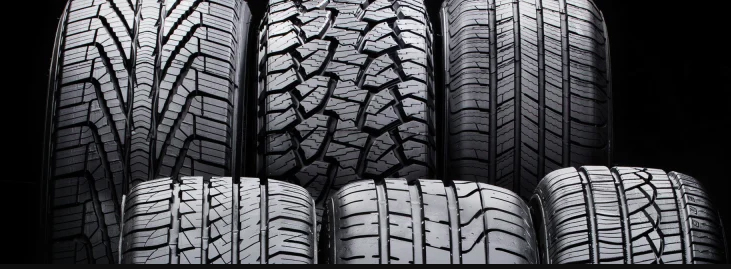 If you are the type of driver who would love to take it slow as you ease down into each corner of the road, then you will need a different kind of tyre than someone who considers himself an Ayrton Senna-incarnate who would really love pushing the nose of his car towards the apex to make that beautiful turn. Your driving behavior will dictate what Kind of tyre you should put into your car. If you’re a real F1 racer, you can forget those tyres with treads because you’d want the largest contact patch on the tarmac. you’re a rally racer, you cannot put F1 slick tyres onto your wheels or else you risk flying through the thick forest and into the trees. If you’re a drifter, then a different set of tyres will again be required. As such, one of the major factors in choosing the type of car tyre to buy is related to how you use your car.
If you are the type of driver who would love to take it slow as you ease down into each corner of the road, then you will need a different kind of tyre than someone who considers himself an Ayrton Senna-incarnate who would really love pushing the nose of his car towards the apex to make that beautiful turn. Your driving behavior will dictate what Kind of tyre you should put into your car. If you’re a real F1 racer, you can forget those tyres with treads because you’d want the largest contact patch on the tarmac. you’re a rally racer, you cannot put F1 slick tyres onto your wheels or else you risk flying through the thick forest and into the trees. If you’re a drifter, then a different set of tyres will again be required. As such, one of the major factors in choosing the type of car tyre to buy is related to how you use your car.
Car Tyres Performance
That F1 racing slick we mentioned above rightfully belongs to this class of tyres. If there is one thing that defines this class, it’s speed. And whenever speed is involved, the grip is the key. 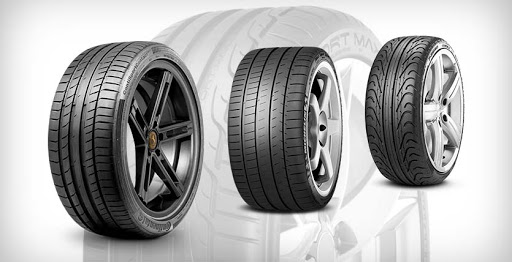 You simply cannot go really fast without getting airborne. As such, the tires need to have as much grip on the ground as they possibly can. These are made of soft rubber compounds and come with very minimal tread block patterns to none at all. For performance tyres, to hell with the mileage. What matters is the tyres can ensure performance and grip.
You simply cannot go really fast without getting airborne. As such, the tires need to have as much grip on the ground as they possibly can. These are made of soft rubber compounds and come with very minimal tread block patterns to none at all. For performance tyres, to hell with the mileage. What matters is the tyres can ensure performance and grip.
Car Tyres All-Around
Every modern car that rolls out of the assembly line is equipped with a set of all-around or all-season tyres. These provide you with the right balance of performance, grip, wet-weather safety, acceptable noise, and durability.
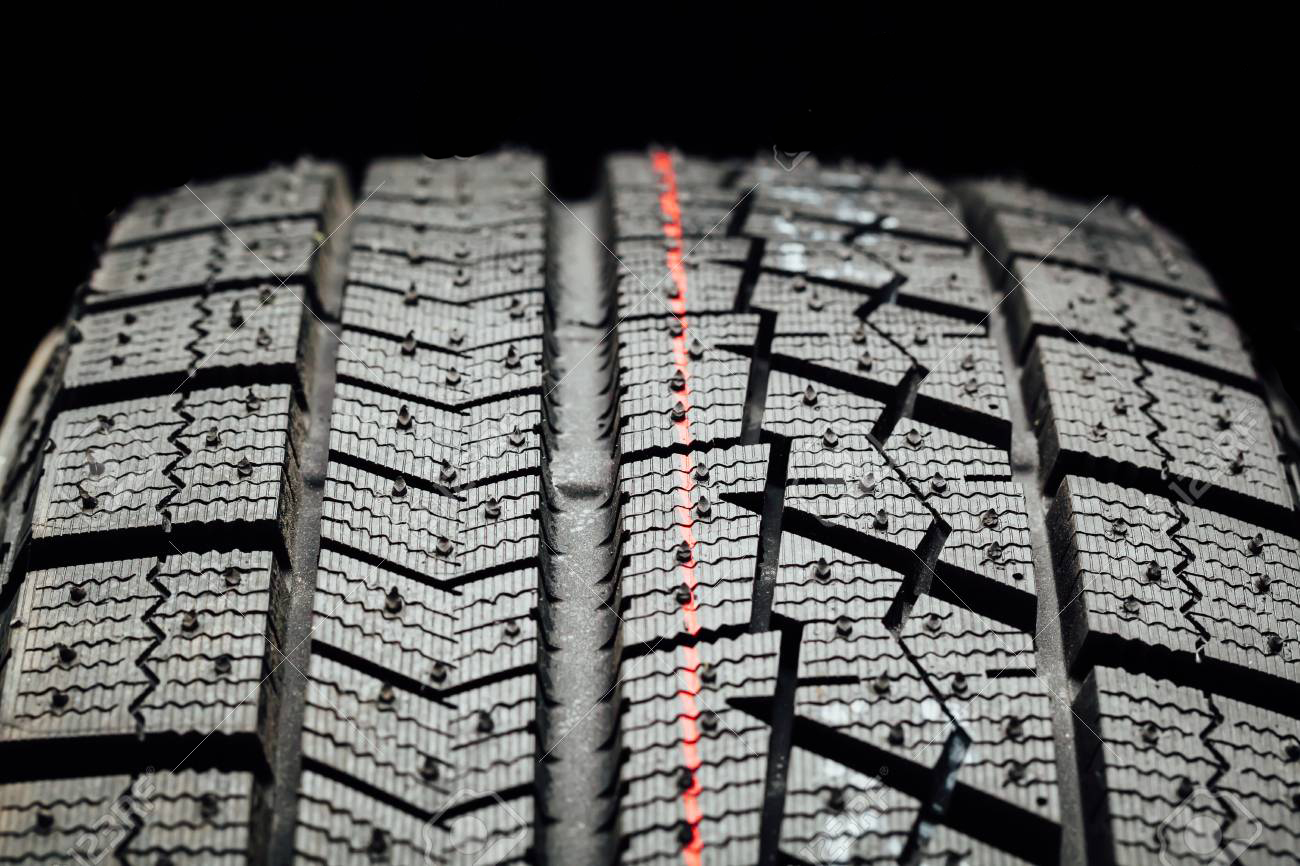 These are constructed of harder rubber compounds that have a negative impact on cornering performance and grip. It really is not an issue, we think since 9 out of 10 motorists are essentially driving their cars with these tyres on. These also have an excellent compromise between water dispersion and quiet running. These work pretty well on wet roads and on heavy downpours. Running with these tyres won’t give you that dreaded noise when driving, too.
These are constructed of harder rubber compounds that have a negative impact on cornering performance and grip. It really is not an issue, we think since 9 out of 10 motorists are essentially driving their cars with these tyres on. These also have an excellent compromise between water dispersion and quiet running. These work pretty well on wet roads and on heavy downpours. Running with these tyres won’t give you that dreaded noise when driving, too.
Wet Weather Tyres
If you’ve got summer tyres, then you definitely have wet weather tyres, too. You might think that these will be constructed of harder rubber compounds than those found in all-season tyres. On the contrary, these are a lot closer in composition to performance tyres, albeit softer. 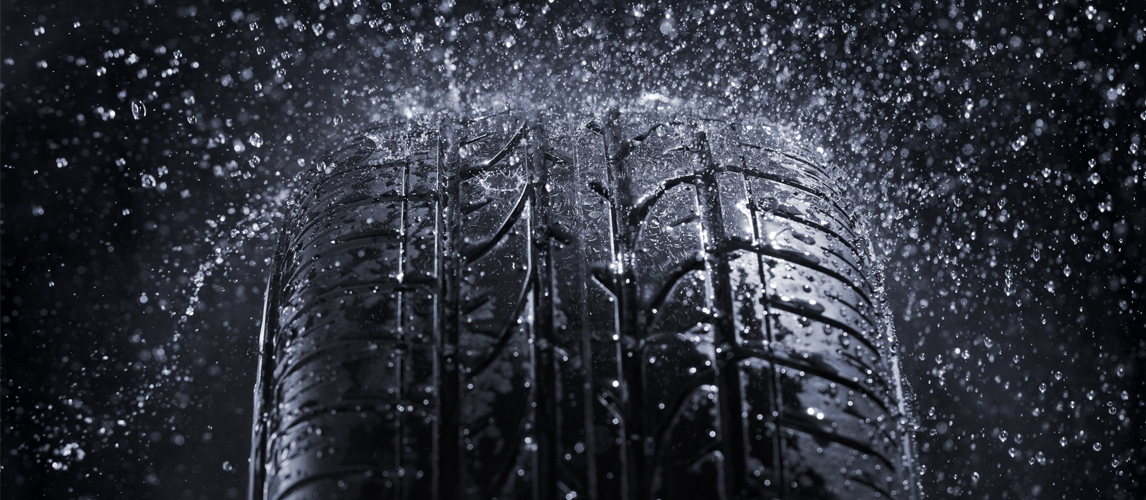 Another major difference from the performance of summer tyres is that wet weather compounds come with substantially more sipes to help channel water away from the tyre’s contact patch. Here’s the thing: tyres during the rainy season should be able to heat up quickly so that their contact with the road surface will be ensured. That is why it has a much wider contact patch than an all-season which makes it a lot closer to a performance compound. It should also be able to channel water away so it has to have the sipes of the all-season.
Another major difference from the performance of summer tyres is that wet weather compounds come with substantially more sipes to help channel water away from the tyre’s contact patch. Here’s the thing: tyres during the rainy season should be able to heat up quickly so that their contact with the road surface will be ensured. That is why it has a much wider contact patch than an all-season which makes it a lot closer to a performance compound. It should also be able to channel water away so it has to have the sipes of the all-season.
Winter Tyres
Driving in the winter can be especially challenging. Putting on the wrong set of compounds on your car is always a recipe for disaster. That’s where a set of the best winter tires come in. There are two types of winter compounds, depending on the prevailing environmental conditions in your locality. 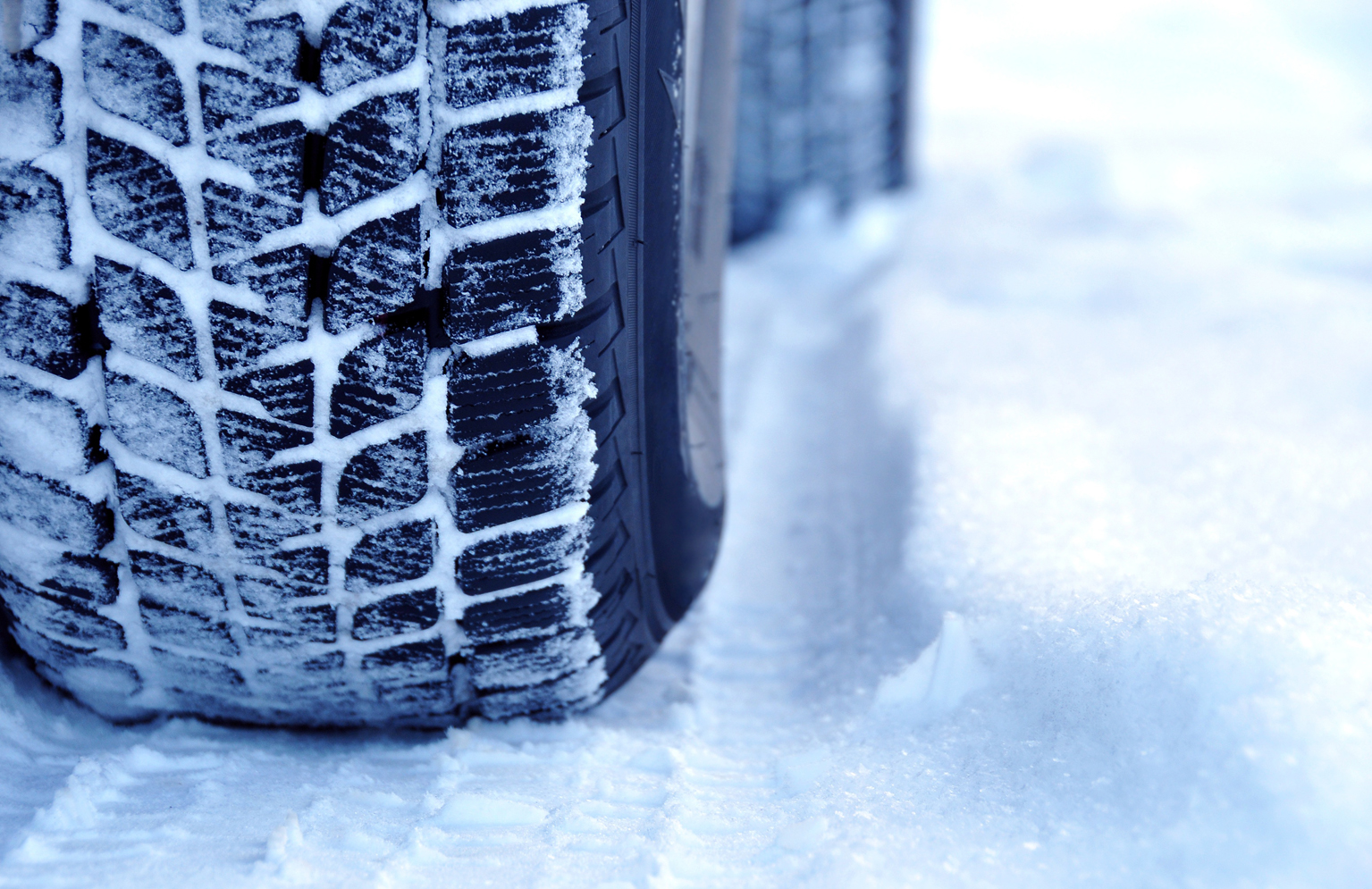 If you’ll be driving mostly on snow and mud, then you’d find M&S tyres to be especially helpful. If you’ll be driving mostly on snow and icy roads, then winter tyres with the snowflake symbol are your best bet. These tyres have larger block patterns to allow for optimum contact with the snowy, icy, or muddy surface. Many have metal studs embedded into their treads which help improve grip, especially when driving over icy roads. Unfortunately, these come with a very noisy downside.
If you’ll be driving mostly on snow and mud, then you’d find M&S tyres to be especially helpful. If you’ll be driving mostly on snow and icy roads, then winter tyres with the snowflake symbol are your best bet. These tyres have larger block patterns to allow for optimum contact with the snowy, icy, or muddy surface. Many have metal studs embedded into their treads which help improve grip, especially when driving over icy roads. Unfortunately, these come with a very noisy downside.
Car Tyres Size Markings And Profiles
Take a look at your car’s compounds and you’ll see several markings, typically a combination of numbers and letters. Here’s how you can decipher all the information without necessarily getting a headache.
Tyre Size
This is one of the most important markings since it gives you an idea of the size of your tyre and, with it, the size of the rim. Let us have an example: 185 65 H R 13 In this example we have 5 sets of dates.
- 185 is the width of your tyre, measured in millimetres.
- 65 is the aspect ratio of the sidewall, expressed in per cent. As such, this means this tyre has a section height of 65% or 185 which is 120.25 millimetres. This is also known as the tyre’s profile.
- H refers to the speed rating of your tyre.
- R is the type of tyre construction; it’s R so it means radial.
- 13 is the diameter of the rim; oddly enough this is in imperial measurement, in inches to be exact. As such, you have to convert this into millimetres if you’re considering up- or down-sizing your rims and tyres.
Other Markings
Aside from the tyre size and aspect ratio or tyre profile, you will also see a variety of other markings on your tyre. These can include the following
- Name of the tyre including the manufacturer, brand, or any other commercial identification.
- Type of tyre construction.
- Tyre pressure requirement
- ECE type approval
- Compliance symbols as well as ID numbers from the North American Department of Transport
- The country where the tyre is manufactured
- Temperature rating with “A” as the highest and “C” the lowest
- Traction rating with “AA” as the highest and “C” as the lowest
- Treadwear rating
- DOT code as well as the mandatory 6-year shelf life of tyres.
There may be other markings on your tire. For instance, if you are still running classic vintage cars, you’ll find tire size markings to be in inches. As such, you’ll see 7.6×15 instead of a 195/100R15. Regardless, it’s all a matter of converting inches into millimetres.

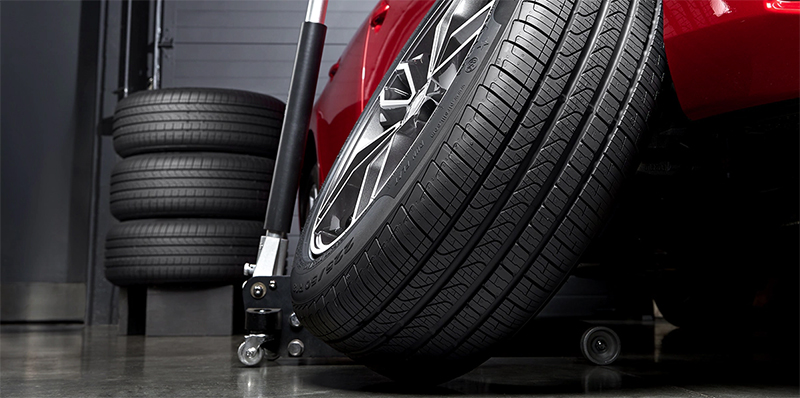












[…] with the best engine oil, we are often confused about the grades, brands, and varieties available. This confusion generally has its roots in our lack of knowledge about viscosity grades, and our […]
[…] Balding tires can be more prone to blowing up and reduce the amount of traction your vehicle has when the roads […]
[…] Wheels and Tyres […]
[…] need steady pulling and moderate power when traction is poor. The best remedy when wheels are stuck in the mud or a soft shoulder is to apply power […]
[…] manual. From the engine and transmission components to the electrical system, cooling system, tires and wheels, and exhaust, everything is covered. Not all auto shops or garages will offer this type of service. […]
[…] we are therefore reducing our chances of being involved in a collision by a huge amount. This is particularly true if you are a novice driver or have just started out on the roads. It has been seen that new […]
[…] the plastic caps that cover the posts and spray them with an anti-corrosion […]
On this article you will get to know about the car tyres in detail. Anyone searching for same topic may find their shelter here. I am sure many people will come to read this in future. Great blog indeed, will visit again future to read more!!
https://awdrivingacademy.co.nz/
[…] a platform with the Hyundai i10. Compared to competitors, Picanto features a refined engine with lesser noise issues. The EURO-6 compliant engine is quick and responsive, but never fast because the 68 HP […]
[…] check for additional items based on the guidelines and recommendations of the vehicle manufacturer. Do take note that there is an extra charge for any additional work to be done on your […]